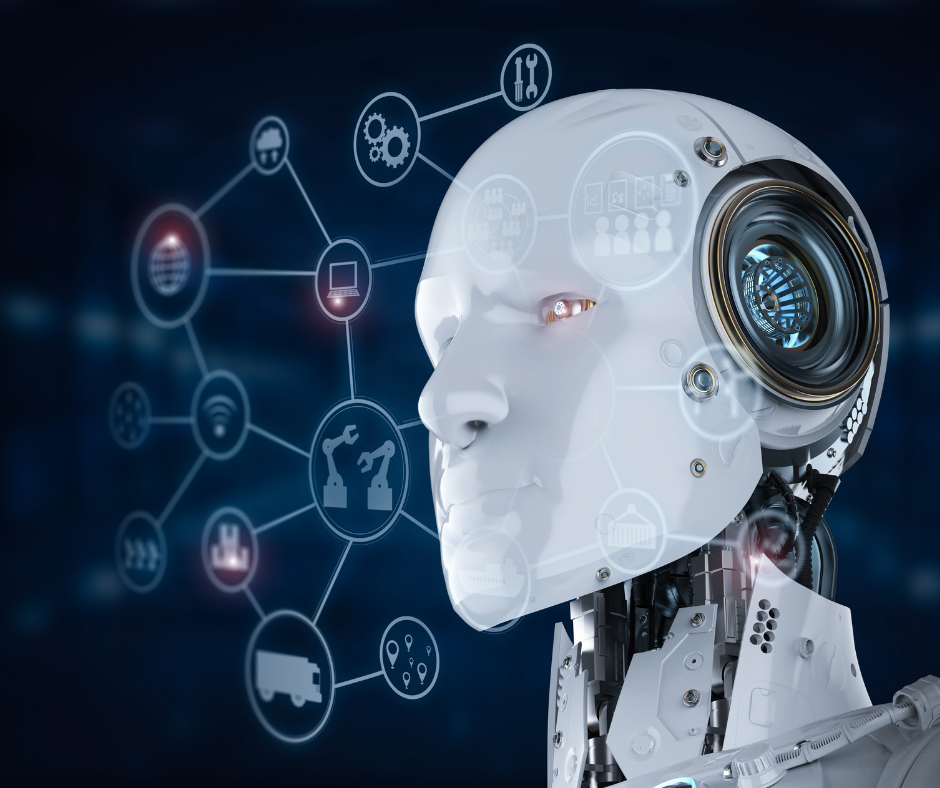
Do you truly believe that robots can dance? Do you think AI can write great poetry and excellent legal arguments? Are you expecting to see an automated butler/ cook/ housemaid any day now? If so, you’ve put your finger on the problem with current workplace use of AI.
Dull, dangerous, and dirty
Automation continues to be best at replacing humans in work that is dull, dangerous, and dirty. Optimizing processes in the factory doesn’t really fit that description.
Yet a recent Gartner survey found that the majority of respondents expected to replace significant numbers of their human workers with AI in the next year. For supply chain management, that was 81% of the respondents planning to shed more than 80% of their workers.
“GenAI should be an opportunity for CSCOs to make good on many of their talent aspirations, including freeing their teams up for higher value work and attracting top-tier technical talent,” Gartner’s Sam Berndt diplomatically phrased it. “However, our data shows that there is a real risk that many CSCOs will use GenAI to double down on poor assumptions that have already resulted in talent shortages, burnout and retention challenges for the function.”
The idea that AI will cut labor costs by replacing scads of trained workers is unrealistic. It can also lead to even more severe labor shortages as students choose another direction for their training, long-term workers look for new opportunities, and job changers avoid fields investing in AI.
Using AI instead of chopping jobs with AI
Training workers to use AI tools makes more sense than threatening to replace them with (largely hypothetical, at this point) AI workers. Just as proof-of-concept videos of robots dancing, cooking stir-fry, or tidying a room are largely examples of great staging and videography, not great robot programming, examples of AI doing things like passing entrance exams or creating works of art are largely examples of human ingenuity at prompting desired behaviors in AI tools. It is not the case that you can type “Identify and fix my supply chain bottlenecks” and then sit back and watch ChatGPT do it for you.
Unfortunately, unrealistic expectations of AL tools can lead to organizational problems. Instead, consider using AI for things Ai is good at:
- Predictive maintenance: By analyzing data from sensors on machines, AI can predict equipment failures before they happen. This allows factories to schedule maintenance pro-actively, reducing downtime and saving money.
- Automated quality checks: AI can be used to inspect products for defects using image recognition. This frees up human workers for other tasks and improves the overall quality of manufactured goods.
